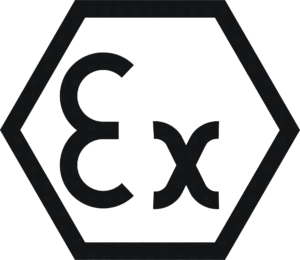Maintaining your ATEX scales
Get the expert view on looking for a service provider to maintain your ATEX weighing equipment properly and safely.

Within potentially explosive manufacturing and processing environments, installing the proper intrinsically safe weighing equipment certified to operate in hazardous zones is crucial.
The legal responsibility for protecting workers at risk from explosive atmospheres lies with employers (as stated in the ATEX Use Directive (1999/92/EC)). Part of this responsibility involves an ongoing duty to regularly inspect and maintain equipment to prevent health and safety risks.
So, what should you look for in a service provider to ensure your ATEX weighing equipment will be properly, and safely, maintained?
Commitment to ATEX
ATEX legislation is constantly evolving and it takes a strong commitment from a manufacturer or service organisation to keep its employees up to date on the changing rules and regulations.
Using competently trained and qualified technicians is especially important in potentially explosive atmospheres as the general nature of the environment is far more dangerous than normal working conditions.
A surprisingly large number of service technicians do not have the appropriate training for working in ATEX zones. Check any external service technicians maintaining your equipment are suitably qualified, holding accreditations from CompEx or other recognised industry bodies.
Technician knowledge
ATEX accredited service technicians should be specially trained on hazard awareness and how to work safely in ATEX areas so as not to create any additional risk. They will be fully aware of what protection they need and will take appropriate precautions.
Our technicians receive regular, specialist ATEX training and are tested to demonstrate their understanding of working in potentially explosive environments.
Product awareness
It’s crucial for technicians to receive product training for the equipment they are working on as they need to understand the equipment and whether any maintenance affects its ATEX compliance.
The appropriate inspection and maintenance schedule should be in the equipment’s operation and maintenance manual. Ideally the service organisation should be able to tell you the details of when and what services took place and when the next scheduled inspection is due.
After any maintenance has taken place, the technician should assess and sign the appropriate documentation to state that the equipment still meets the ATEX requirements.
Uptime focus
Equipment downtime can cause havoc within ATEX areas as it can stop production or interrupt process flow, eventually leading to holding on to hazardous materials unnecessarily.
Look for a service provider who can guarantee equipment uptime to keep your business running smoothly.

 United States
United States  United Kingdom
United Kingdom  Canada
Canada  Canada (fr)
Canada (fr)  India
India  Malaysia
Malaysia